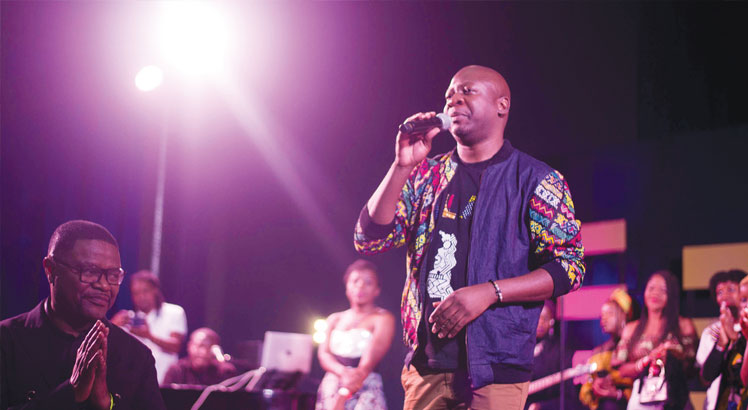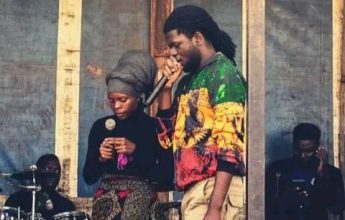Long wait for Lilongwe museum
 Imagine a city where people hardly collect, preserve or showcase their heritage—a seat of government where decision-makers have spent years of watching hard-won history fade into foggy memories.
Imagine a city where people hardly collect, preserve or showcase their heritage—a seat of government where decision-makers have spent years of watching hard-won history fade into foggy memories.
There is no need to squeeze your mind’s eye as that ‘Neverland’ resembles Lilongwe, probably the only capital city in southern Africa which has no museum.
This is a well-chronicled knock in the face of the country’s centrally positioned city that government last year budgeted K20 million for the construction of a building to house archives, museum and antiquities research facilities.
However, Malawians will have to wait until next year to find out if the dream is still alive.
According to Minister of Tourism and Culture Daniel Liwimbi, the funding which was meant to be the starter pack for the long-awaited project was sent back to the government coffers due to disuse.
“It is true we got funding for the project, but we sent it back to the Ministry of Finance because it had not been used by June 30 this year when the 2011/2012 financial year came to an end,†disclosed Liwimbi in an interview during the opening of Blantyre Arts Festival last week.
The allocation was clearly inadequate for a modern structure, but the year-long failure to put it to its legislated use does not add any glory to the ministry.
And it leaves 15 million Malawians with four public museums—Chichiri Museum (Blantyre) for natural and cultural artefacts, Mtengatenga (Chiradzulu) for postal and communication history, Lake Malawi Museum (Mangochi) for the aqua-life and people of lakeshore people as well as Mzuzu Museum for the people of the Northern Region.
Liwimbi says plans are underway to restart the archival building project next year—a wait that has cost it K500 million the Finance Ministry projected for its second phase this fiscal year. A similar amount was earmarked for the next budget.
“Next financial year, we will build a museum and antiquities facility in Lilongwe. I am trying hard to ensure that no tambala is given back to government because we have failed to use it,†he said.
The project includes the erection of a mausoleum at Chakufwa Chihana’s grave in Mzuzu, a tourism training college in Lilongwe and a heroes’ acre near Kanengo, said the minister.
But the business-as-usual approach to the museum puts at stake the leisure and research needs of residents, tourists, businesspeople and expatriates in the city which hosts headquarters of all government agencies.
At worst, it would be a signal of a cross-cutting problem in the system entrusted with conservation of the cultural and historical treasure of the nation. In 2008, Malawi Television (now under Malawi Broadcasting Corporation) officials admitted that recordings of president Bakili Muluzi’s era were erased, reused or lost although laws require government agencies to commit non-current documentation to the National Archives Department.
Apart from eras left to waste in this fashion, government is yet to build a single cultural policy and visual arts gallery. Liwimbi says government is scrutinising the five-year-old draft policy which has been overtaken by realities.
While the policy is still under the microscope, curator Elson Kambalu revealed that visual artists in Lilongwe rely on one privately owned gallery—La Galleria—and have nowhere to go if it is closed.
The ministry can do better, for it partially exists to “uphold and promote Malawi’s national identity through study, conservation and preservation of national heritage for the country’s sustainable socio-economic growthâ€.





